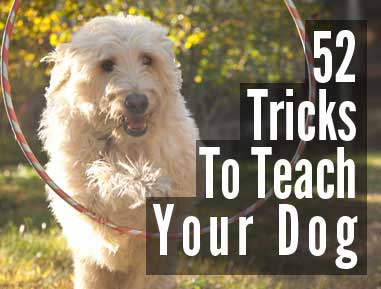
Not quite so swift as the greyhound, deerhound, or wolfhound, the Great Dane is more powerful than any of them and fast enough to overtake most things that run. At his best he is a huge dog, built on greyhound lines, but much more massive.
This is probably one of the very oldest breeds, and has been used from ages in hunting all kinds of wild animals. In Germany, this dog is still used for hunting the wild boar, but in most places, he is now regarded as a companion and a guardian of property.
The Great Dane is a typical German dog, and is in fact a synonym of "Deutsche Dogge," by which name he is known throughout central Europe.
Like all oversized dogs, the Dane is given to many weaknesses, both of body and of disposition. The perfect Dane is a most statuesque and magnificent animal; the ordinary one is indeed an ordinary dog. Very seldom, and for an exorbitant price, we may get a dog that lives up to the standard, with strong, straight legs and back, massive deep head, strong, close feet, and, most essential of all, even and trustworthy temper. Far more often, though, promising puppies grow up to be saggy in the back, cow-hocked behind, and rabbit-footed in front, and while elephantinely playful as 100-pound pups, surly and really dangerous as grown dogs. When properly housed, restrained, and exercised, they are splendid creatures.
But often they outgrow the capacity of their owners to care for them, when they become the bane of the neighborhood; for the truth is they are too big and too dangerous to be allowed unhampered freedom, and the fright they cause, even in play, among people unacquainted with their ways, renders them frequently very unwelcome adjuncts to a neighborhood. In addition to their power and size, they have a rather excitable and impatient disposition, which unfits them at once as children's playmates.
There are few things which have such a healthful moral effect upon a criminal as to find a big, resolute great Dane standing squarely across his path. If the criminal is a judge of dogs, he may read in the grim face a look which says, "You shall not pass," and if he isn't a fool, he'll "go while the going is good."
A few years ago a burglar in Missouri met a Dane in this way, and either failed to read the danger sign or thought the dog was bluffing. He was strangled to death in front of the window by which he was attempting to enter the house, and the verdict for the dog was "justifiable homicide."
When one walks down the street with a Great Dane, about half the people one meets refer to him as a bloodhound. This mistake is largely due to the fact that the managers of the numerous "Uncle Tom's Cabin" shows traveling about the country usually select great Danes instead of bloodhounds as the dogs required in the play. They do this because the Danes are much bigger and more spectacular, and therefore attract more attention when led through the streets of a town before the performance. They also are easily excited into the spirit of the act, whereas the kind, sentimental, and heavy bloodhounds would walk through the part without the slightest thrill to themselves or to the palpitating audience.




